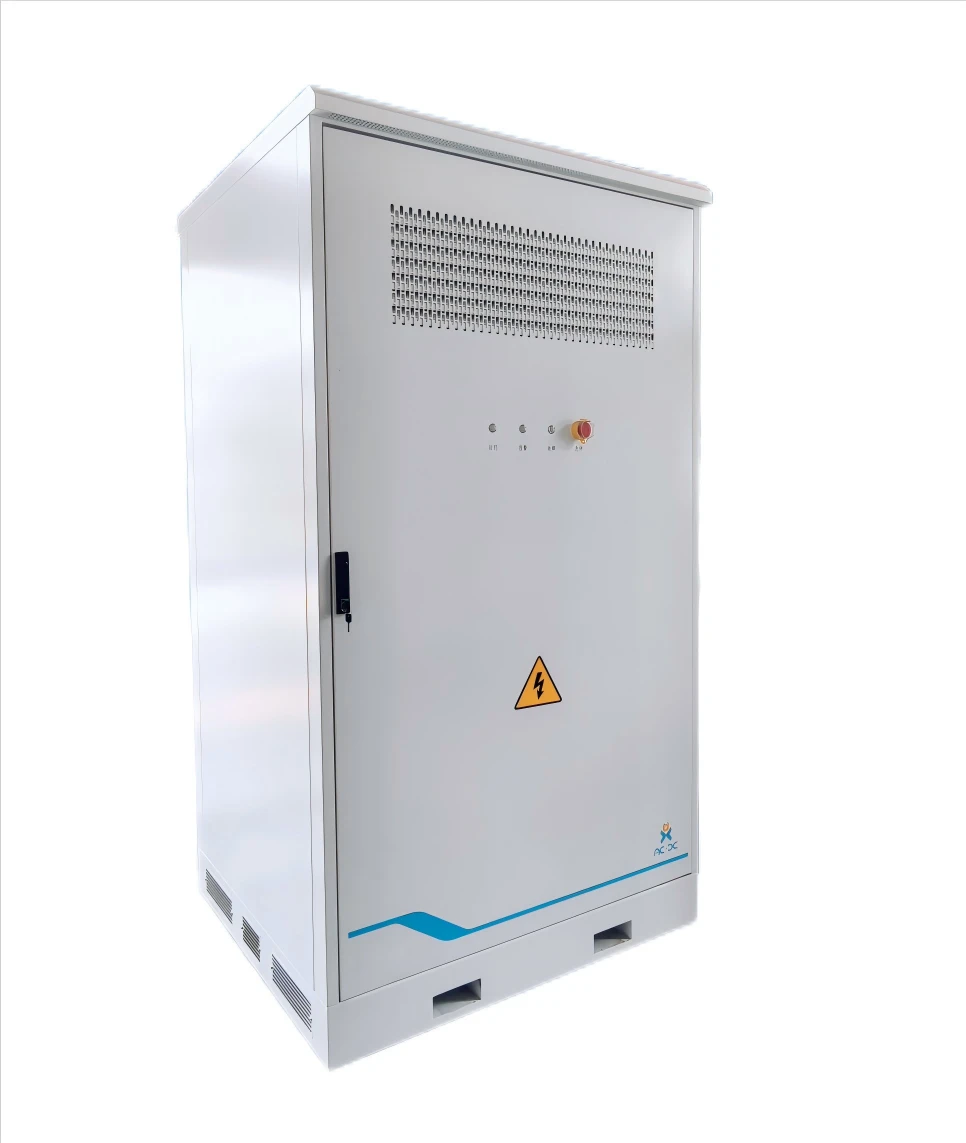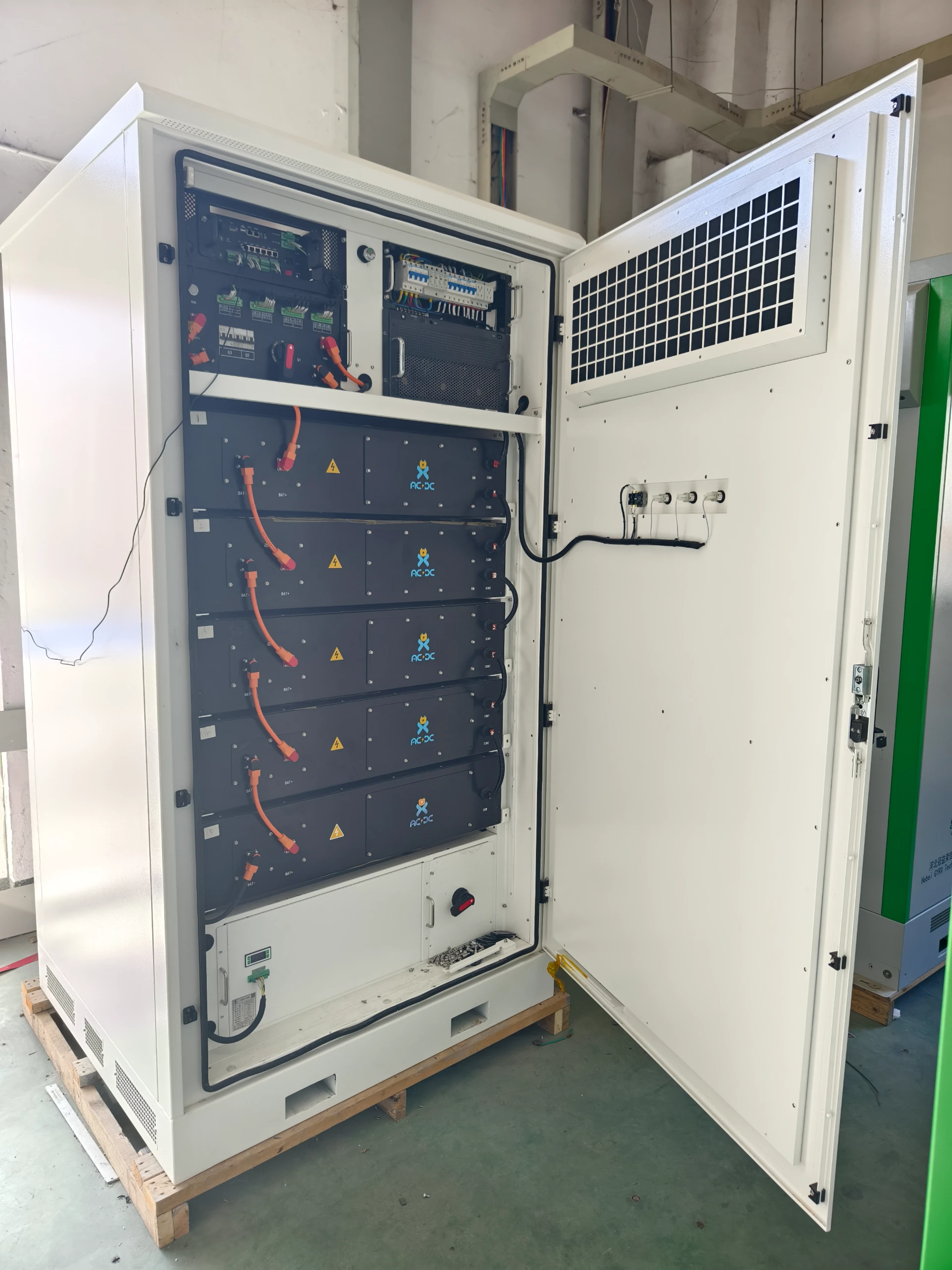
Ağu . 27, 2025 01:20 Back to list
Efficient Energy Storage System Solutions | Reliable ESS
Understanding the Modern energy storage system Landscape
The global transition towards sustainable energy sources has profoundly reshaped the power generation and distribution landscape. Central to this transformation is the advancements in energy storage system technologies. These systems are no longer nascent; they are mature, highly sophisticated solutions critical for grid stability, renewable energy integration, and optimizing industrial power consumption. From enhancing grid resilience to enabling microgrid autonomy, the role of an ess energy storage system is expanding across diverse sectors. Our focus here is to delve into the intricate details of these systems, providing a comprehensive overview for B2B decision-makers and technical experts seeking robust, reliable, and efficient energy solutions.
Key drivers for the rapid adoption of energy storage include the fluctuating nature of renewable energy, the increasing demand for grid ancillary services, and the economic benefits derived from peak shaving and demand charge management. The market is witnessing a surge in innovations, particularly in battery chemistry, thermal management, and power electronics, leading to more compact, safer, and cost-effective deployments. This article will provide an in-depth analysis of the current state of the art, covering everything from manufacturing processes to real-world application case studies.
Industry Trends and Market Dynamics for ESS
The energy storage system market is characterized by rapid growth and technological evolution. Several trends are shaping its trajectory:
- Lithium-ion Dominance and Emerging Chemistries: Lithium-ion batteries, particularly LFP (Lithium Iron Phosphate) and NMC (Nickel Manganese Cobalt), continue to dominate due to their high energy density, long cycle life, and decreasing costs. However, research into alternative chemistries like solid-state batteries, flow batteries, and sodium-ion batteries is accelerating, promising enhanced safety, longer duration, and lower environmental impact for future ess energy storage system applications.
- Modularity and Scalability: Modern ESS designs emphasize modularity, allowing systems to be easily scaled up or down to meet specific power and energy requirements. This flexibility is crucial for diverse applications, from small commercial installations to multi-megawatt utility-scale projects.
- Advanced Thermal Management: As battery densities increase, effective thermal management becomes paramount for safety, performance, and longevity. Innovations in self-cooling mechanisms, liquid cooling, and phase-change materials are critical for maintaining optimal operating temperatures, especially for high-power industrial applications.
- Intelligent Control and AI Integration: Battery Management Systems (BMS) are becoming more sophisticated, incorporating AI and machine learning for predictive maintenance, optimized charging/discharging cycles, and enhanced grid services. This intelligence maximizes system efficiency and extends the operational life of the energy storage system.
- Standardization and Interoperability: The industry is moving towards greater standardization of communication protocols (e.g., Modbus, CAN Bus, IEC 61850) and interfaces to ensure seamless integration of ESS components with existing grid infrastructure and other energy management systems.
- Growing Demand for OEM Solutions: Many integrators and large-scale project developers are seeking reliable oem energy storage system solutions that can be customized to their specific requirements, including branding, mechanical integration, and software tailoring. This trend highlights the need for manufacturers capable of flexible production and robust engineering support.
According to recent market analysis, the global ESS market is projected to grow at a CAGR of over 20% from 2023 to 2030, driven primarily by grid-scale applications and increased renewable energy penetration. This growth underscores the essential role ESS plays in achieving global decarbonization targets and ensuring energy security.
Detailed Manufacturing Process of an Energy Storage System
The production of a high-quality energy storage system, such as the Self-Cooling-EN-215, involves a multi-stage, precision-engineered process that ensures performance, reliability, and safety. This meticulous approach encompasses material selection, advanced manufacturing techniques, and rigorous testing.
Process Flow:
- Cell Sourcing and Incoming Quality Control (IQC):
High-grade lithium-ion cells (typically LFP for enhanced safety and cycle life) are sourced from reputable suppliers. IQC involves comprehensive testing of each cell for capacity, internal resistance, voltage, and self-discharge rate. Only cells meeting stringent performance and safety criteria proceed.
- Cell Sorting and Module Assembly:
Cells are sorted into matched groups based on their measured parameters to ensure uniformity within a module. Precision automated welding (e.g., laser welding) is used to connect cells into strings and then into modules, minimizing contact resistance and ensuring robust connections. Thermal interface materials and internal temperature sensors are integrated at this stage to prepare for thermal management.
- Battery Management System (BMS) Integration:
Each battery module is equipped with a sophisticated BMS. This involves meticulous wiring and connection of voltage, current, and temperature sensors. The BMS firmware is programmed and tested to monitor cell health, balance cell voltages, and protect against overcharge, over-discharge, over-current, and over-temperature conditions. Communication protocols are verified.
- Cabinet/Enclosure Manufacturing and Assembly:
Robust enclosures are fabricated from high-grade steel or aluminum using processes like CNC machining for precision, casting for complex shapes, and forging for structural integrity. These materials provide mechanical protection, thermal isolation, and fire containment. The Self-Cooling-EN-215, for instance, utilizes advanced heat dissipation mechanisms integrated directly into the enclosure design, often involving finned heat sinks or internal air circulation pathways optimized through computational fluid dynamics (CFD) simulations. Corrosion resistance is achieved through specific material treatments and coatings.
- System Integration:
Battery modules with integrated BMS are then assembled into the main cabinet. This involves secure mechanical mounting, connecting power cables (busbars), and integrating the overall system controller, power conversion system (PCS), and any auxiliary components (e.g., fire suppression, ventilation fans if active cooling is supplementary). All internal wiring is meticulously routed and secured according to industrial safety standards.
- System-Level Testing and Certification:
The fully assembled energy storage system undergoes extensive system-level testing. This includes functional testing (charging/discharging cycles), performance validation (efficiency, power output, response time), safety compliance (overload, short circuit, insulation resistance), and environmental stress testing (temperature, humidity cycling). Testing adheres to international standards such as ISO 9001 (Quality Management), ISO 14001 (Environmental Management), UL 1973 (Battery Safety), IEC 62619 (Safety for Secondary Li-ion Cells and Batteries), and CE marking for European markets. A typical service life target is 10-15 years or 6000+ cycles at 80% Depth of Discharge (DoD).
- Final Quality Assurance and Packaging:
A final inspection ensures all specifications are met, documentation is complete, and the system is ready for shipment. Proper industrial packaging protects the unit during transit.
Target industries benefiting from such manufacturing rigor include petrochemical, metallurgy, water supply & drainage, and general industrial microgrids, where robust performance and energy saving are critical. Advantages demonstrated in typical application scenarios include enhanced energy saving through optimized demand management and superior corrosion resistance due to high-quality materials and coatings, ensuring longevity in harsh industrial environments.

Technical Specifications: Self-Cooling-EN-215 Energy Storage System
The Self-Cooling-EN-215 represents a pinnacle in compact, high-performance ess energy storage system solutions, designed for demanding industrial and commercial applications. Its integrated self-cooling mechanism enhances operational reliability and extends service life without external cooling infrastructure.
Product Specification Table: Self-Cooling-EN-215
| Parameter | Specification |
|---|---|
| Nominal Energy Capacity | 215 kWh |
| Nominal Power Output | 100 kW (Configurable) |
| Battery Type | Lithium Iron Phosphate (LFP) |
| Round-trip Efficiency | >95% (DC to AC) |
| Cycle Life | >6000 cycles at 80% DoD |
| Depth of Discharge (DoD) | Up to 90% |
| Operating Temperature | -20°C to +55°C |
| Cooling System | Integrated Passive Self-Cooling (with optional auxiliary active cooling for extreme conditions) |
| Enclosure Rating | IP54 (Outdoor rated) |
| Dimensions (L x W x H) | Approx. 2200 x 1200 x 2000 mm (Varies by configuration) |
| Weight | Approx. 2500 kg |
| Certifications | UL 1973, IEC 62619, CE, UN 38.3, ISO 9001, ISO 14001 |
| Communication | Modbus TCP/RTU, CAN Bus, Ethernet |
The LFP chemistry provides a high level of intrinsic safety and a longer calendar life compared to NMC variants, making it ideal for stationary applications requiring sustained reliability. The >95% round-trip efficiency ensures minimal energy losses, maximizing the economic return on investment. The self-cooling design minimizes parasitic loads and maintenance requirements, a critical advantage in remote or harsh industrial settings.
Application Scenarios and Technical Advantages
The versatility of modern energy storage system solutions allows for their deployment across a wide array of application scenarios, each benefiting from specific technical advantages.
Primary Application Scenarios:
- Renewable Energy Integration: ESS mitigates the intermittency of solar and wind power, enabling consistent energy supply. It stores surplus energy during peak generation and discharges during low generation, ensuring grid stability and maximizing renewable penetration.
- Peak Shaving and Demand Charge Reduction: Industrial and commercial facilities can use ESS to reduce peak electricity consumption, drawing power from the battery during high-cost periods and recharging during off-peak hours. This significantly lowers operational expenses.
- Grid Ancillary Services: ESS energy storage system provides critical services like frequency regulation, voltage support, and black start capabilities, enhancing grid reliability and stability for utility operators.
- Microgrids and Off-Grid Systems: For remote industrial sites, critical infrastructure, or communities, ESS forms the backbone of microgrids, providing resilient and autonomous power supply, often combined with local generation (e.g., diesel generators, solar PV).
- Backup Power/UPS: Replacing traditional generators or augmenting existing UPS systems, ESS offers instant, silent, and emission-free backup power for critical loads, ideal for data centers, hospitals, and manufacturing plants.
- Electric Vehicle (EV) Charging Infrastructure: ESS can buffer high-power demands from rapid EV chargers, reducing grid strain and allowing for charging where grid connections might be insufficient.
Key Technical Advantages:
- High Efficiency: Modern ESS, like the Self-Cooling-EN-215, boasts round-trip efficiencies exceeding 95%, meaning minimal energy loss during storage and retrieval, translating directly to operational savings.
- Long Cycle Life: With >6000 cycles at 80% DoD, these systems offer a sustained operational lifespan, reducing the total cost of ownership over 10-15 years.
- Rapid Response Time: Energy storage systems can respond to changes in power demand or supply in milliseconds, making them ideal for frequency regulation and dynamic grid support.
- Modular and Scalable Design: Systems are designed for easy expansion, allowing businesses to adapt their storage capacity to evolving energy needs without over-investing upfront.
- Enhanced Safety Features: Multi-layered safety protocols, including advanced BMS, integrated fire suppression, and robust enclosures, ensure safe operation even in challenging environments. LFP chemistry contributes significantly to thermal stability.
- Reduced Environmental Impact: By facilitating renewable integration and reducing reliance on fossil fuels, ESS significantly lowers carbon emissions. The self-cooling design further minimizes environmental footprint by negating the need for energy-intensive external cooling systems.
- Low Maintenance: The robust construction and intelligent self-monitoring features of systems like the Self-Cooling-EN-215 reduce the need for frequent maintenance, lowering operational expenditures.

Vendor Comparison and Customized Solutions
When evaluating vendors for an energy storage system, B2B clients must look beyond just product specifications. A holistic assessment of vendor capabilities, service offerings, and commitment to customized solutions is paramount. This includes factors like manufacturing expertise, adherence to international standards, financial stability, and long-term support.
Key Differentiators in Vendor Selection:
- Technical Prowess and R&D: A leading vendor invests heavily in R&D to push the boundaries of energy density, efficiency, safety, and system integration. This is evidenced by proprietary thermal management systems, advanced BMS algorithms, and robust PCS designs.
- Manufacturing Quality and Certifications: Adherence to rigorous quality standards (e.g., ISO 9001, ISO 14001) and product certifications (e.g., UL 1973, IEC 62619, CE) is non-negotiable. These certifications validate product safety, performance, and environmental compliance.
- Project Experience and Reputation: A strong track record of successful deployments across various industries and geographies demonstrates experience and reliability. Customer testimonials and long-term partnerships serve as valuable indicators.
- Service and Support Infrastructure: Comprehensive pre-sales consulting, technical support, commissioning services, and a global after-sales network are crucial for long-term operational success.
- Customization Capabilities: For many industrial applications, off-the-shelf solutions are insufficient. Vendors offering extensive oem energy storage system customization, from capacity and power ratings to enclosure designs, communication protocols, and software interfaces, provide significant value.
Customized Solutions for Diverse Needs:
Recognizing that no two projects are identical, we specialize in providing highly customized oem energy storage system solutions. This flexibility allows clients to integrate our core technology seamlessly into their unique infrastructure and operational requirements.
- Tailored Capacity and Power: While the Self-Cooling-EN-215 offers 215 kWh, we can configure systems to deliver precise energy and power outputs, from smaller commercial units to multi-MWh utility-scale deployments.
- Integrated Power Conversion: Providing integrated PCS units with specific voltage and frequency requirements (e.g., 400V, 480V, 690V AC; 50/60 Hz) ensures compatibility with local grid codes and existing electrical infrastructure.
- Environmental Adaptations: Custom enclosures for extreme temperatures, high humidity, corrosive atmospheres (e.g., coastal or industrial chemical sites), or seismic resilience are available to ensure optimal performance and longevity.
- Advanced Software Integration: Developing custom control algorithms and API interfaces for integration with client-specific SCADA systems, Energy Management Systems (EMS), or Distributed Energy Resource Management Systems (DERMS).
- Modular and Containerized Solutions: Offering pre-fabricated, containerized energy storage system solutions for rapid deployment and ease of transport, especially for temporary or remote installations.
- Branding and Aesthetics: For OEM partners, we offer custom branding, color schemes, and physical layouts to ensure the ESS aligns with their product portfolio and aesthetic preferences.
Our team works closely with clients from initial concept to deployment, ensuring that the customized solution not only meets technical specifications but also aligns with strategic business objectives. This collaborative approach has resulted in long-standing partnerships with global industrial leaders and renewable energy developers.
Application Case Studies
Real-world implementations demonstrate the tangible benefits of a well-engineered energy storage system. Here are examples showcasing the impact of our solutions:
Case Study 1: Industrial Manufacturing Facility – Peak Shaving and Demand Charge Reduction
A large automotive parts manufacturing plant in a region with high peak demand charges faced escalating electricity bills. The facility's peak load often exceeded 1.5 MW for short durations during production shifts. An ess energy storage system with 1 MWh capacity and 500 kW power output was installed.
- Solution: The ESS was programmed to discharge during peak demand periods (typically 2-4 hours in the afternoon) to reduce the facility's grid consumption, recharging during off-peak night hours.
- Results: The plant achieved an average reduction of 35% in monthly demand charges. Over the first year, this translated to over $200,000 in energy savings, with a projected payback period of under 4 years. The system also provided seamless backup power to critical production lines during minor grid disturbances, preventing costly downtime.
- Customer Feedback: "The energy storage system has not only delivered significant cost savings but also provided invaluable peace of mind by enhancing our operational resilience."
Case Study 2: Remote Mining Operation – Microgrid Stability with Solar PV
A remote gold mine, previously reliant solely on diesel generators, sought to integrate a large solar photovoltaic (PV) array to reduce fuel costs and emissions. The inherent variability of solar power posed significant challenges to grid stability for the heavy industrial loads.
- Solution: A containerized oem energy storage system with 4 MWh capacity and 2 MW power, utilizing self-cooling technology for the harsh desert environment, was integrated with the 5 MW solar PV array and existing diesel generators. The ESS provided frequency regulation, voltage support, and ramp rate control for the solar output.
- Results: The mine achieved a 60% reduction in diesel consumption, translating to over 2 million liters of fuel saved annually. Emissions were dramatically cut, improving the mine's environmental profile. The ESS ensured stable power quality, preventing costly equipment damage from grid fluctuations.
- Usage Scenario & Service Case Details: The system's robust design and self-cooling capabilities allowed it to operate continuously in ambient temperatures exceeding 45°C, requiring minimal on-site maintenance. Our local service team provided initial commissioning and ongoing remote monitoring, with periodic on-site health checks.

Commitment to Trustworthiness: FAQ, Lead Time, Warranty & Support
Frequently Asked Questions (FAQ)
- Q1: What is the typical lifespan of your energy storage system?
- A1: Our ESS solutions, including the Self-Cooling-EN-215, are designed for a service life of 10-15 years or >6000 cycles at 80% Depth of Discharge (DoD), whichever comes first. This is achieved through high-quality LFP cells and advanced BMS.
- Q2: How does the self-cooling mechanism work?
- A2: The self-cooling system utilizes a combination of advanced thermal interface materials, optimized heat sinks, and passive convection pathways within the enclosure. For extreme conditions, an auxiliary active cooling system can be integrated, controlled intelligently by the BMS to maintain optimal cell temperatures, ensuring peak performance and longevity without excessive energy consumption.
- Q3: What safety standards do your ESS products comply with?
- A3: All our ess energy storage system products are rigorously tested and certified to international safety standards, including UL 1973, IEC 62619, CE, and UN 38.3. Our manufacturing processes also adhere to ISO 9001 and ISO 14001.
- Q4: Can your energy storage system be integrated with existing renewable energy installations?
- A4: Yes, our ESS solutions are designed for seamless integration with various renewable energy sources like solar PV and wind turbines. They feature flexible communication protocols (Modbus, CAN, Ethernet) and smart grid functionalities to optimize energy flow and provide grid support.
Lead Time and Fulfillment
Our lead times are carefully managed to ensure timely project delivery. For standard configurations like the Self-Cooling-EN-215, typical lead times range from 8-12 weeks from order confirmation to ex-works shipment. Customized or large-scale oem energy storage system projects may require 12-20 weeks, depending on complexity and specific component sourcing. We maintain strong relationships with our supply chain partners and employ efficient production scheduling to meet committed deadlines. Transparent communication is maintained throughout the fulfillment process, providing clients with regular updates on their order status.
Warranty Commitments
We stand behind the quality and performance of our energy storage system products. All systems come with a comprehensive warranty package:
- Product Warranty: A standard 5-year warranty covers defects in materials and workmanship for the entire ESS unit.
- Performance Warranty: A 10-year performance warranty guarantees that the battery capacity will retain at least 70-80% of its initial nominal capacity after the specified number of cycles or years, whichever comes first, under normal operating conditions. Specific details are provided in the contract.
Extended warranty options and service level agreements (SLAs) are available upon request to provide further peace of mind for critical applications.
Customer Support Information
Our commitment to our clients extends far beyond product delivery. We offer comprehensive after-sales support to ensure optimal system performance and longevity:
- Dedicated Technical Support: Access to a team of experienced engineers for troubleshooting, performance optimization, and technical guidance. Support is available via phone, email, and a dedicated online portal.
- Remote Monitoring and Diagnostics: Most of our ESS units are equipped with remote monitoring capabilities, allowing for proactive diagnostics, performance tracking, and timely intervention to prevent potential issues.
- On-Site Services: We provide commissioning assistance, periodic maintenance checks, and on-site repair services performed by certified technicians.
- Training Programs: Comprehensive training is offered to client personnel on ESS operation, basic maintenance, and safety protocols to empower local teams.
- Spare Parts Management: A robust spare parts inventory and logistics network ensure prompt availability of necessary components.
Our global support network ensures that help is always accessible, regardless of geographical location, reinforcing our reputation as a trustworthy partner in energy storage solutions.
References
- International Renewable Energy Agency (IRENA). (2020). Battery Storage for Renewables: Market Status and Technology Outlook.
- U.S. Department of Energy, Office of Electricity. (2022). Grid Energy Storage: The Path to a Cleaner, More Resilient Grid.
- BloombergNEF. (2023). Global Energy Storage Market Outlook.
- IEA (International Energy Agency). (2023). Energy Storage.
- IEEE Std 1547-2018 - IEEE Standard for Interconnection and Interoperability of Distributed Energy Resources with Associated Electric Power Systems Interfaces.
This is the last article
-
Efficient Energy Storage System Solutions | Reliable ESS
NewsAug.27,2025
-
High-Performance Energy Storage Systems | OEM & ESS Solutions
NewsAug.26,2025
-
Next-Gen Energy Management System: Save Energy & Costs
NewsAug.25,2025
-
Intelligent Energy Management: Optimize & Save Power Smartly
NewsAug.24,2025
-
Boost Efficiency with Smart EMS & Energy Management Systems
NewsAug.23,2025
-
Smart Energy Management System | Save Costs & Boost Efficiency
NewsAug.22,2025


